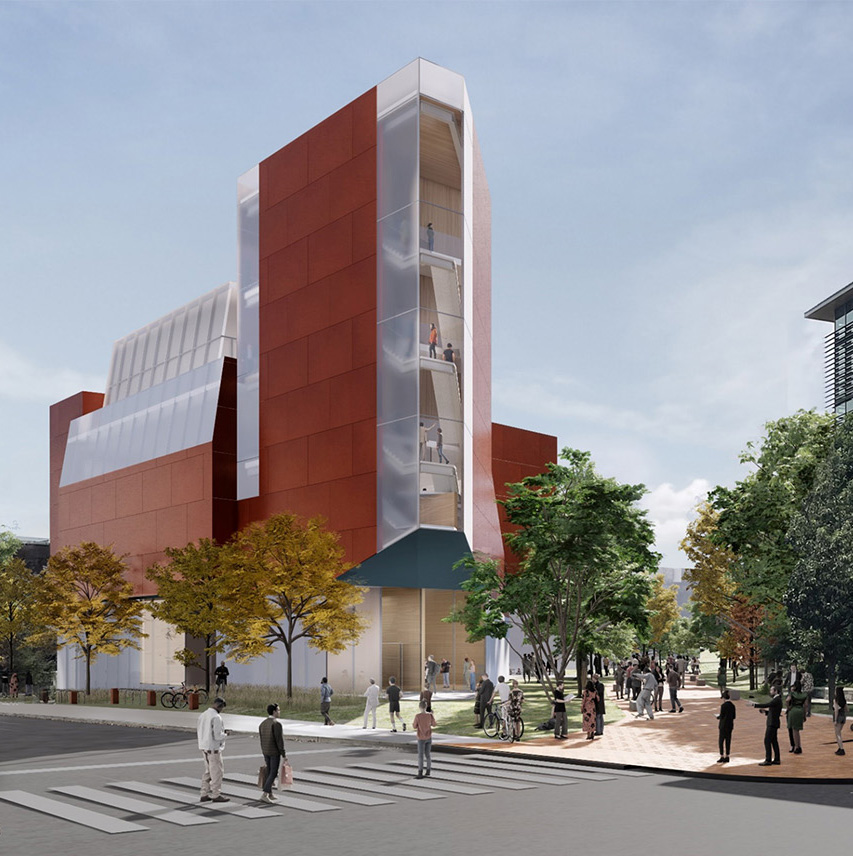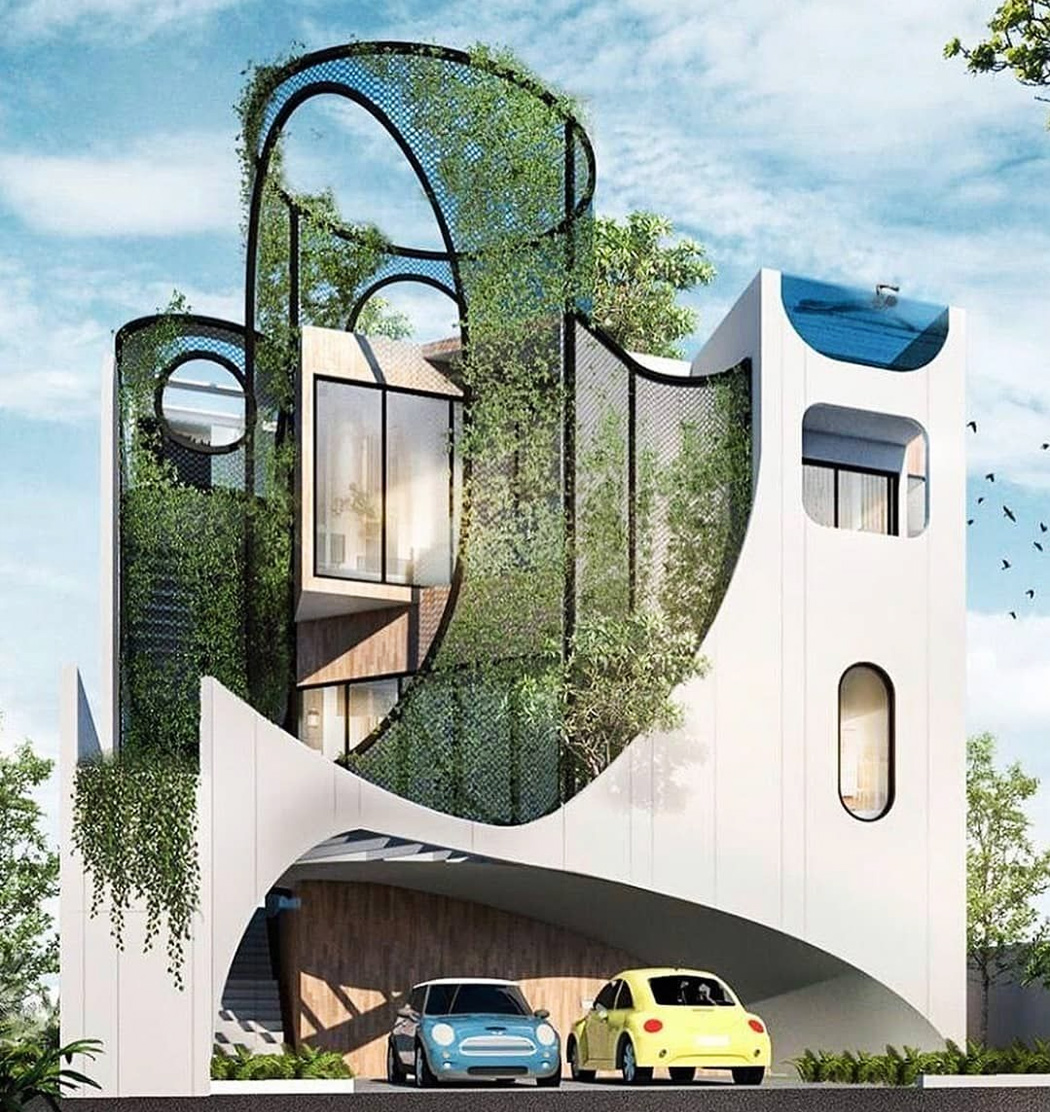Raise Your Building Style with the Competence of CDA Architects
Raise Your Building Style with the Competence of CDA Architects
Blog Article
A Detailed Introduction of Building Designs and Their Impact on Modern City Preparation and Advancement
Architectural designs have actually long served as a mirror to the social worths and technical innovations of their time, playing an important role in forming contemporary city preparation and advancement. From the majesty of Neoclassicism to the utilitarian approach of Brutalism, each design has actually presented one-of-a-kind ideas that affect urban aesthetics and functionality.
Historic Summary of Building Designs
Throughout background, architectural designs have actually progressed in feedback to social, technological, and ecological elements. Each duration reflects the prevailing worths, ideas, and advancements of its time, leading to a rich tapestry of style that symbolizes human imagination and adjustment. The ancient human beings, such as the Egyptians and Greeks, established fundamental styles that stressed symmetry and percentage, offering both useful and visual objectives.
As cultures transitioned via the Center Ages, Gothic design arised, characterized by its verticality and elaborate outlining, matching the spiritual goals of the age. The Renaissance marked a rebirth of classic ideals, merging art and architecture in innovative ways that affected succeeding styles throughout Europe.
The Industrial Revolution introduced new products and construction strategies, prompting activities like Modernism, which challenged typical kinds and welcomed simplicity and performance. The 20th century saw a diversity of designs, with Postmodernism reacting against the stark minimalism of its precursor, incorporating historic referrals and diverse aspects.
Today, building styles remain to develop, driven by globalization and sustainability issues, mirroring a dynamic interplay in between heritage and advancement. This historic review highlights the significance of style as a mirror of social development and as a driver for metropolitan advancement.
Secret Architectural Styles Explained
The diversity of building styles mirrors the myriad influences that form our developed atmosphere, each embodying unique attributes and social significances. Secret architectural styles consist of Timeless, Gothic, Baroque, Modernism, and Postmodernism, each standing for special historic contexts and visual philosophies.
Classic style, rooted in ancient Greece and Rome, stresses proportion, proportion, and the usage of columns. In contrast, Gothic style, prospering between Ages, is defined by sharp arcs, ribbed vaults, and flying buttresses, producing an ethereal high quality in cathedrals. Baroque style, arising in the 17th century, is noted by majesty, intricate decoration, and a dynamic interplay of light and darkness.

Recognizing these styles supplies understanding right into the cultural stories and technical advancements of their respective eras, highlighting just how architecture offers not just as a sanctuary, yet as a reflection of social worths and desires.
Effect on Urban Planning
In shaping the development of cities, building styles substantially affect urban planning choices. The option of architectural design typically determines the visual appeals, functionality, and overall personality of urban atmospheres.
In addition, building designs can affect zoning guidelines and land use policies. Urban organizers should consider the dominating building fads when making areas, guaranteeing that brand-new advancements integrate with existing frameworks. This factor to consider cultivates natural urban landscapes and enhances neighborhood identification.
The implementation of particular building site here styles can likewise affect socioeconomic elements within a city. Premium contemporary layouts might bring in upscale homeowners and businesses, leading to gentrification, while more economical real estate options might prioritize sensible and sustainable styles to suit diverse populaces. Ultimately, the interplay between building styles and city planning creates dynamic cities that show both historical context and contemporary requirements, shaping the lived experiences of their residents.
Sustainability and Modern Design
Building designs play an essential role in attending to modern challenges, specifically in the world of sustainability. As urban areas broaden and environmental concerns escalate, modern design progressively embraces sustainable design concepts that focus on energy effectiveness, source conservation, and marginal eco-friendly influence.
Contemporary building motions, such as biophilic design and environment-friendly style, supporter for frameworks that harmonize with their surroundings, utilizing natural products and promoting biodiversity - cda architects. These designs often include eco-friendly power resources, such as solar panels and wind generators, to reduce reliance on fossil fuels and reduced carbon footprints
Moreover, the combination of innovative technologies, such as wise structure systems, boosts energy monitoring, enhancing resource usage while making certain resident convenience. Ingenious water management strategies, consisting of rain harvesting and greywater recycling, additional add to sustainable city environments.
Significantly, sustainability prolongs beyond ecological issues; it includes social and financial dimensions. By cultivating community well-being and advertising inclusivity, modern-day architectural styles line up with lasting growth objectives. The evolution of architectural practices continues to form resistant cities that not only fulfill the needs of the present however additionally guard the future for generations to come.
Community Interaction in Layout
Area engagement in design serves as a critical bridge between designers and the populations they offer, ensuring that the built atmosphere mirrors the demands and ambitions of its users. This joint process invites community participants to contribute their insights and choices, fostering a sense of ownership and responsibility towards the areas they occupy.
Reliable neighborhood interaction utilizes various techniques, such as workshops, studies, and public forums, to collect diverse point of views (cda architects). These techniques facilitate a two-way dialogue, allowing engineers to recognize neighborhood contexts while encouraging homeowners to articulate their issues and desires. This inclusivity not continue reading this just improves the design top quality but also advertises social equity by dealing with the distinct obstacles encountered by marginalized teams

Verdict
Building designs have profoundly influenced modern city preparation and growth, showing evolving social and technological contexts. As cities continue to expand and adapt, the recurring discussion in between building heritage and contemporary layout principles will stay vital in creating comprehensive, lively spaces that boost high quality of life and promote social equity.
Report this page